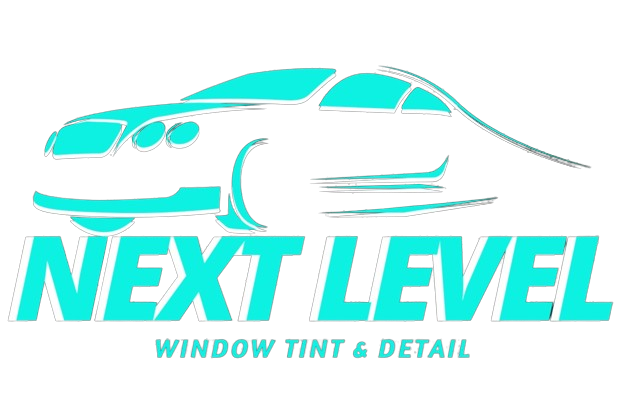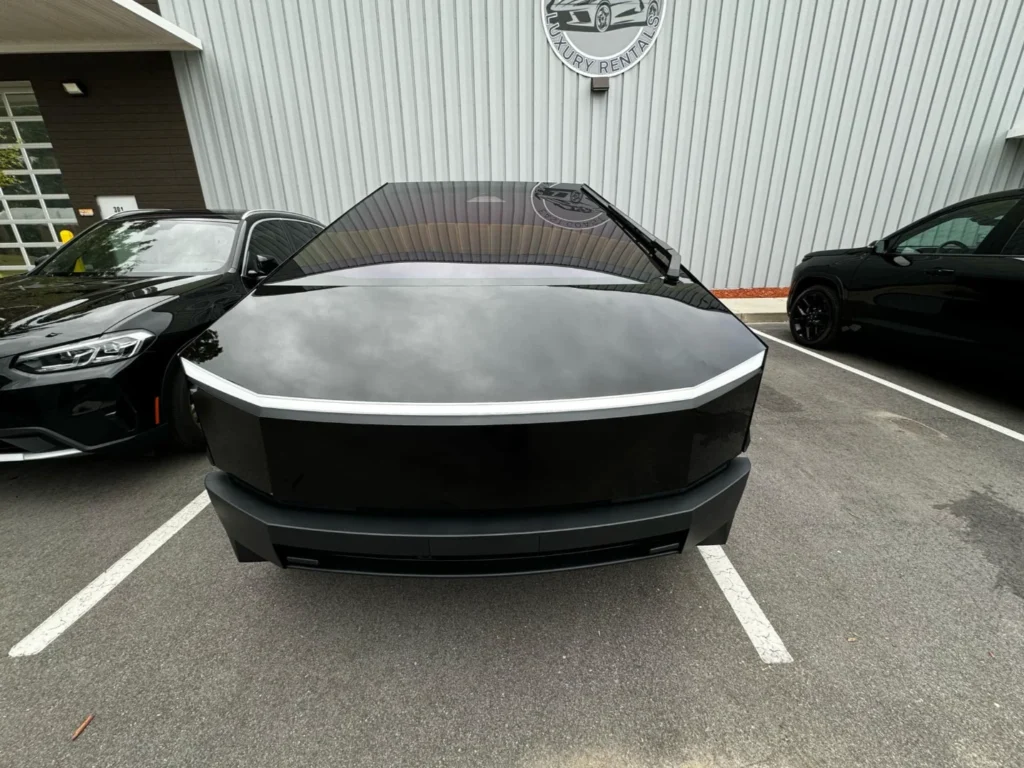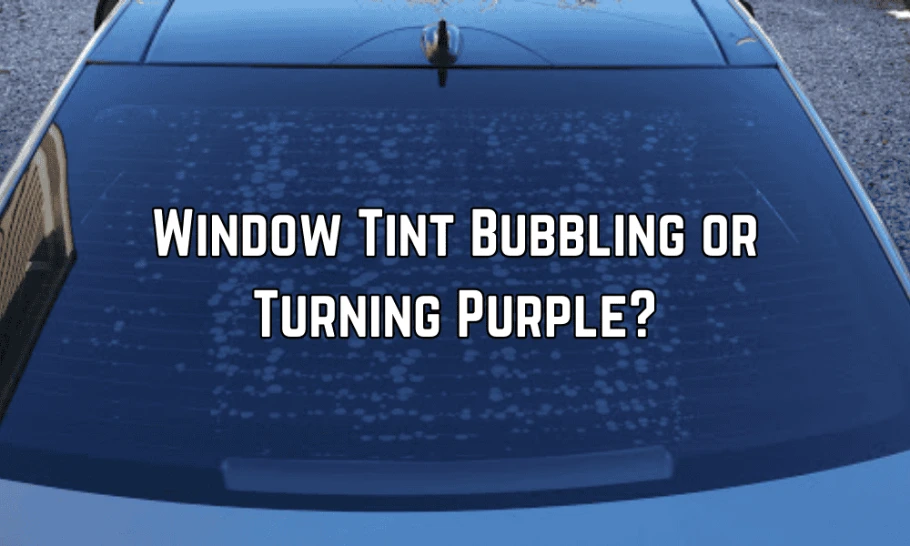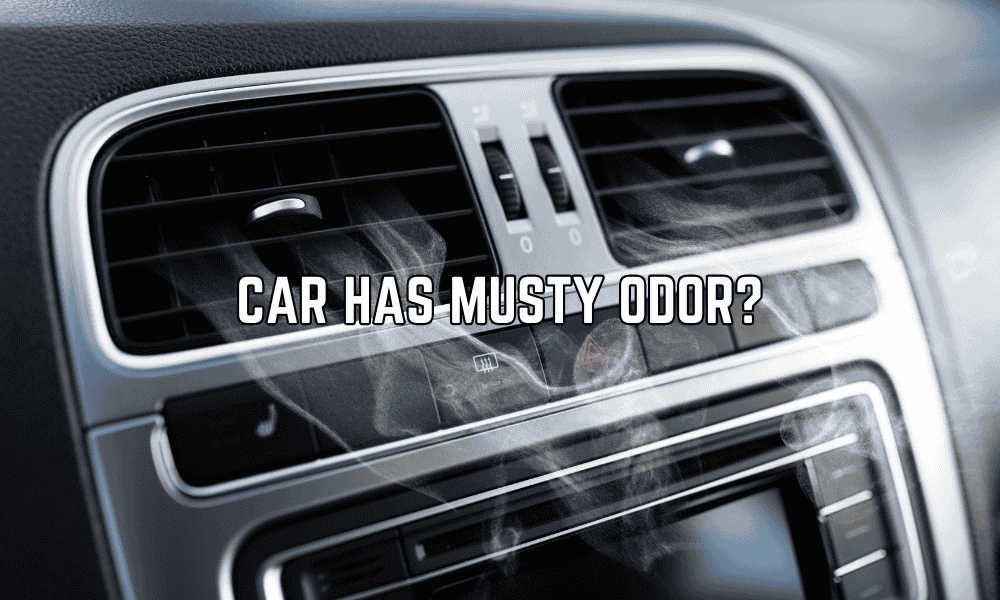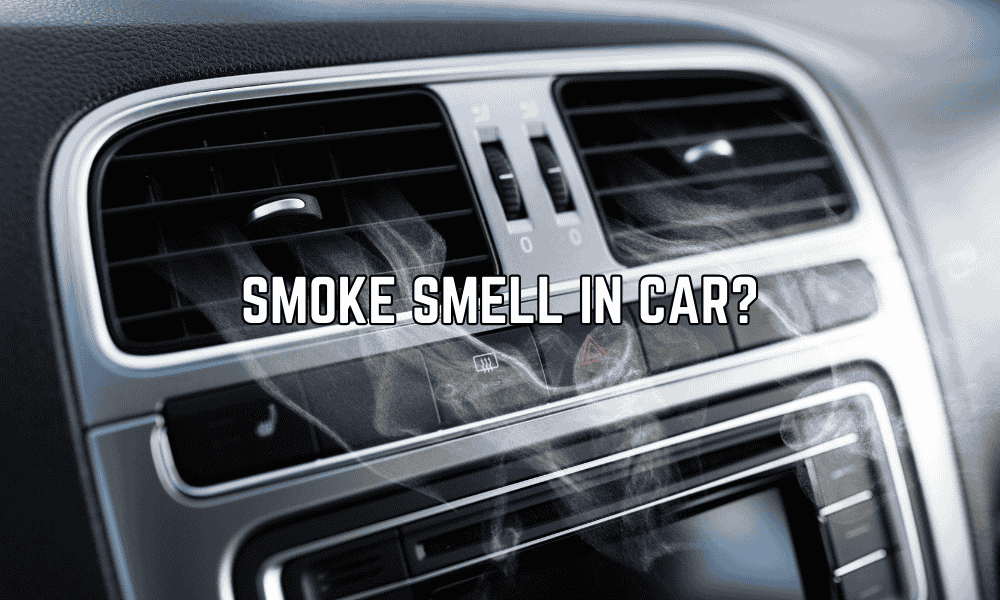Gas prices fluctuate, but one thing remains constant—drivers are always looking for ways to maximize fuel efficiency. You may have heard claims that window tinting can help improve gas mileage, but is there any truth to this? The short answer: Yes, window tint can help improve fuel economy, but not in the way you might expect. It doesn’t directly impact the engine or fuel system, but it can reduce heat buildup in your vehicle, decreasing the need for air conditioning (AC). Since AC usage affects fuel consumption, using it less means better mileage. Here’s a quick breakdown of how window tint affects fuel efficiency: Factor Impact on Gas Mileage Heat Reduction Lowers interior temperature, reducing AC use AC Usage Lower AC usage means less fuel consumption Energy Efficiency Less strain on the car’s electrical system Comfort A cooler cabin reduces reliance on climate control Now, let’s go deeper into the science behind this and whether window tinting is a worthwhile solution for better fuel economy. Key Takeaways How AC Usage Affects Fuel Economy The air conditioning system in most cars relies on the engine for power, meaning that whenever you turn it on, it increases fuel consumption. According to the U.S. Department of Energy, running the AC can lower fuel efficiency by up to 25%, depending on factors like temperature, vehicle type, and driving conditions. The more heat your car absorbs from the sun, the harder your AC has to work to keep the cabin cool. This translates to more fuel burned. If you can keep your vehicle cooler without cranking up the AC, you can reduce fuel consumption significantly. The Science Behind Window Tint and Heat Reduction Window tint works by blocking solar energy that enters the car. It reduces infrared (IR) and ultraviolet (UV) radiation, both of which contribute to heat buildup inside the cabin. The amount of heat reduction depends on the type of tint used. Type of Tint Heat Rejection Efficiency Dyed Tint Low (absorbs heat but doesn’t block it effectively) Metalized Tint Medium (reflects heat but can interfere with signals) Carbon Tint High (blocks heat effectively without interference) Ceramic Tint Highest (best heat and UV rejection with no interference) Ceramic and carbon tints are the best choices for fuel efficiency since they offer superior heat rejection. A high-quality ceramic tint can block up to 50-80% of infrared heat, significantly lowering the cabin temperature and reducing AC use. How Much Gas Can You Save with Window Tint? While the exact savings vary, studies suggest that reducing AC usage by 10-20% can improve fuel economy by 5-10%. Given that AC usage can reduce miles per gallon (MPG) by up to 25%, any decrease in reliance on AC can make a noticeable difference in fuel costs over time. For example: Additional Benefits of Window Tinting Besides fuel efficiency, window tint offers several advantages: 1. Protects Interior from Sun Damage UV rays cause fading and cracking of upholstery, dashboards, and leather seats. Window tint blocks 99% of UV rays, extending the lifespan of your car’s interior. 2. Enhances Comfort and Reduces Glare Less heat means a more comfortable ride, and reduced glare improves visibility, especially in bright sunlight. 3. Improves Privacy and Security Tinted windows make it harder for outsiders to see inside your car, reducing the risk of theft. 4. Shatter Resistance High-quality tints add a protective layer, preventing glass from shattering easily in case of accidents. Legal Considerations for Window Tint Before installing window tint, it’s essential to check South Carolina’s window tint laws: Non-compliance could result in fines, so ensure the tint meets legal requirements. Is Window Tinting Worth It for Gas Savings? If fuel savings are your primary goal, window tinting alone won’t drastically reduce your gas costs overnight. However, when combined with other fuel-efficient driving habits, such as avoiding aggressive acceleration, maintaining tire pressure, and using sunshades when parked, the benefits stack up over time. For those living in hot climates like North Charleston, where temperatures soar in the summer, reducing AC reliance with window tint can make a noticeable difference in comfort and fuel economy. Conclusion So, can window tint improve gas mileage? Yes, but indirectly. By reducing heat inside your car, high-quality window tint lowers AC usage, which helps improve fuel efficiency. While it won’t replace other fuel-saving strategies, it’s a practical and beneficial investment for long-term savings, comfort, and vehicle protection. If you’re serious about optimizing your car’s fuel economy, combining window tinting with good driving habits and proper vehicle maintenance will yield the best results.
